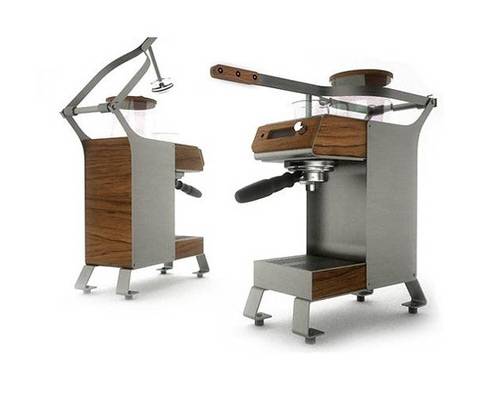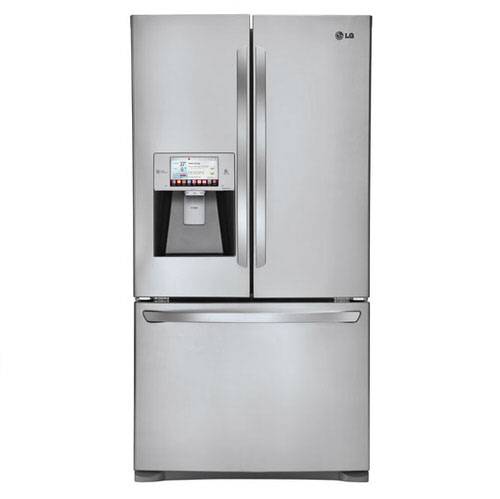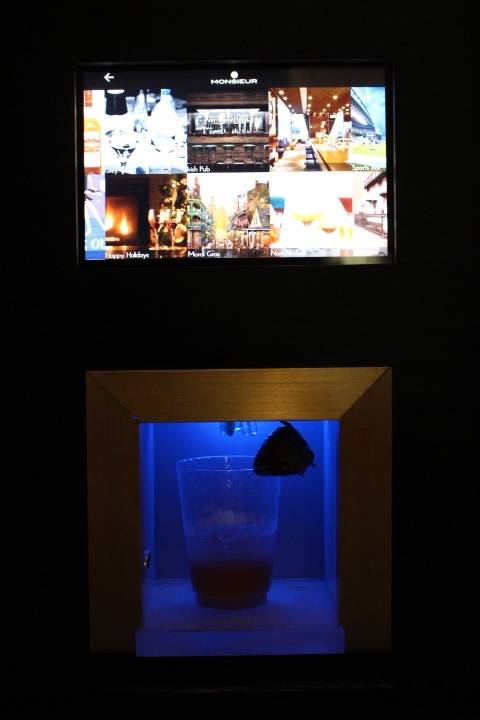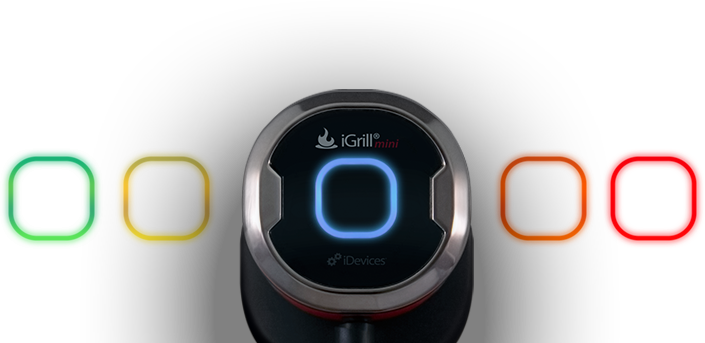
If there’s one takeaway from the $11,111 Blossom One Wi-Fi-enabled coffee maker, perhaps it’s this: There simply aren’t enough things for rich people to spend their money on.
Or maybe they just tend to be really ridiculously serious about coffee. After all, these owners can do everything from geeking out over beans and pulling up drink recipes to connecting with growers and other aficionados, all using this high-priced gadget.
Surely for these customers, that dark elixir is more than a mere cuppa to jolt the brain awake, and that machine is more than just an appliance. It’s a lifestyle, one that only the wealthy could really pursue.
Perhaps that’s only logical. Well-made kitchen appliances are rarely cheap to begin with, so naturally the first forays into the connected kitchen would be somewhat costly. But more options are emerging at all price points—from major appliances with advanced communication protocols to the little doohickeys that offer basic connectivity.
Appliance and accessory makers have been hot to connect our hearths for a while now. And they’re not letting up until Bluetooth, Wi-Fi and Near Field Communication become as common in the kitchen as our pots and pans.

Kitchens Of Future Past, Meet The Present
Judging by vintage film footage and old magazine spreads, the 1950s and 1960s were heydays of futuristic living concepts. Among the most popular of these was the fully automated kitchen—the ultimate in convenience and control.
These days, companies have different ideas of how to make kitchens more efficient. You can pre-warm your GE Brillion oven with your iPhone or Android app. Check your the contents of your Samsung or LG fridge while you’re at the supermarket. You can even set your dishwasher to turn on when it senses energy prices are cheapest. The integration of sensors and Wi-Fi connectivity play major roles in the connected kitchen.
And LG’s not done yet. The company, which made a splash in 2012 at the Consumer Electronics Show with its touch-enabled, Wi-Fi equipped Smart ThinQ range of products, has a new technology up its sleeve: NFC. Short for Near Field Communication, the technology allows users to “klunk” two gadgets together so they can communicate. Usually hyped for mobile payments, the hardware and communication standard became popular in Android gadgets, and now appears to be heading to LG refrigerators, dishwashers, vacuums and much more.

The South Korean company announced its grandiose vision recently at Europe’s IFA 2013 tech show: “By simply touching their smartphones to the NFC Tag-on symbol on one of LG’s smart appliances and through Smart Control [for smartphones], customers can easily register and control their refrigerator, washing machine, robotic vacuum cleaner or oven and remotely monitor the appliances.”
LG imagines home cooks using Wi-Fi and NFC to monitor their ovens and research recipes on the spot, or hunt cooking info and tapping the appliance to transfer settings. It could also make diagnostic information easier to detect and transmit to authorized repair centers. Much of this can take place on users’ smartphones or even a LG smart television, which can display an alert when, say, the turkey’s ready to come out of the oven.
Living Like Rockefeller, At Any Price Point
Of course, connected appliances aren’t cheap. LG’s current LFX31995ST Refrigerator and LRE3027ST Oven Range cost $3,500 and $1,400, respectively. Go beyond established appliance makers, and things don’t necessarily get less expensive.

The Monsieur robotic bartender not only mixes drinks and remembers favorite cocktail recipes, it also boasts support for Wi-Fi, Bluetooth and Zigbee, one of the top home automation communication protocols. That means it can work with other automated gadgets and sensors. So, say you’re home from a long day at work. Monsieur can have your favorite martini ready for you moments after you come in the door. Of if your favorite football wins, it can help you celebrate with your libation of choice. It also works with a mobile app, which can monitor how much you drink, estimate your blood alcohol level and even summon a cab, if you’ve had too much.
Of course, none of this matters if the drinks aren’t up to snuff. The fine folks at Monsieur visited the ReadWrite office to demonstrate the unit, and I can say firsthand that the beverages were top-notch. But, erm, so is the price: Homeowners and businesses can pre-order this freshly Kickstarted machine for $4,000.
While some customers might be able to afford that, the rest of us may have to set our connectivity aspirations—and our wallets—a little lower.
Unlike the bank account-choking Blossom One coffee machine, the iKettle Wi-Fi-connected tea kettle lets users fire up a pot of tea using their smartphones. At $162, it won’t break the bank.
The iGrillmini cooking thermometer comes in at even less. It uses Bluetooth “Smart,” the version of the local wireless protocol featuring a low energy profile, so battery life lasts for an estimated 150 hours. The range also covers 150 feet—handy for times when I don’t want to remain tethered to my kitchen, just so I can keep an eye on my roasted chicken. The iPhone app can let me know that my bird has hit that 165 degree sweet spot, even when I’m away from the oven. And it’s only $40.
Smart Kitchens Need To Connect With Customers
Cost alone may not be enough to turn a tech trend into a mainstream consumer trend. If there’s a recipe for success there, then it appears to be missing a key ingredient: demand.
Over time, smart kitchens have evolved and developed in different ways, and that might be intriguing enough for affluent early adopters or foodie tech geeks. But for all its connectivity, its still not connecting with the one thing that matters: everyday customers. I reached out to certified kitchen designer Susan Serra to get her take on advanced kitchen tech, and she told me, “I’m not seeing or hearing that consumers are running toward [these types of] smart kitchen appliances. Maybe a certain percentage are, but not the majority.”

Serra knows a thing or two about kitchen trends. She runs The Kitchen Designer website and offers advice to Google Helpouts as an expert, as well as Oprah.com, Better Homes & Gardens and HGTV, among others.
From Serra’s vantage point, there’s just not much of a demand for app-enabled kitchens. Not that consumers don’t want advanced features. They do; just particular kinds, she explained. Things like refrigerator interior shelving configurability, customizable humidity in drawers, ovens with both steam and convection features and new induction cooktops top the list. Compared to all that, connectivity is an after-thought—if it’s a thought at all.
It seems that, for all the chatter about specs and connectivity protocols, gadgets and mobile features, the message about what these technologies can actually do for people is getting lost in the shuffle.
But all that could be changing, and soon. “Technology truly seems to be racing forward,” added Serra. “I think it is definitely possible that 2014 could be the turnaround year when a bigger segment of appliance buyers are ready for more technology.”
And when they are, today’s companies are making sure the connected kitchen will be ready for them.
Feature and side image screen capped from YouTube video courtesy of nepley. Monsieur image by Adriana Lee for ReadWrite. All others courtesy of respective companies.




















